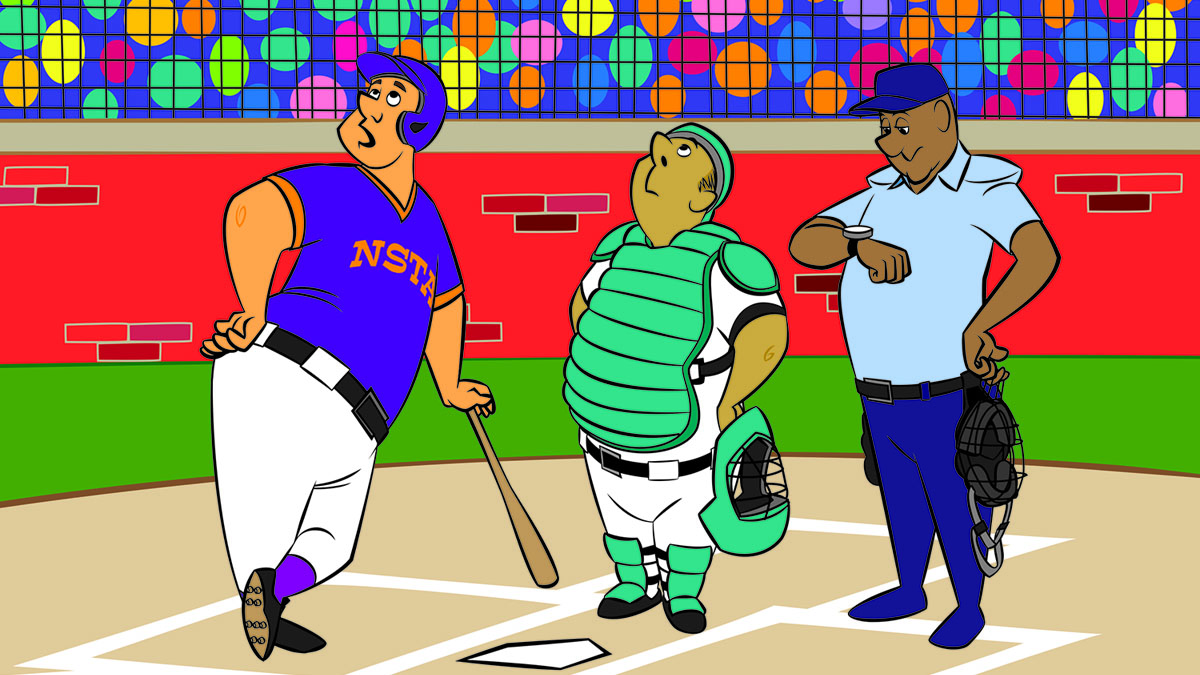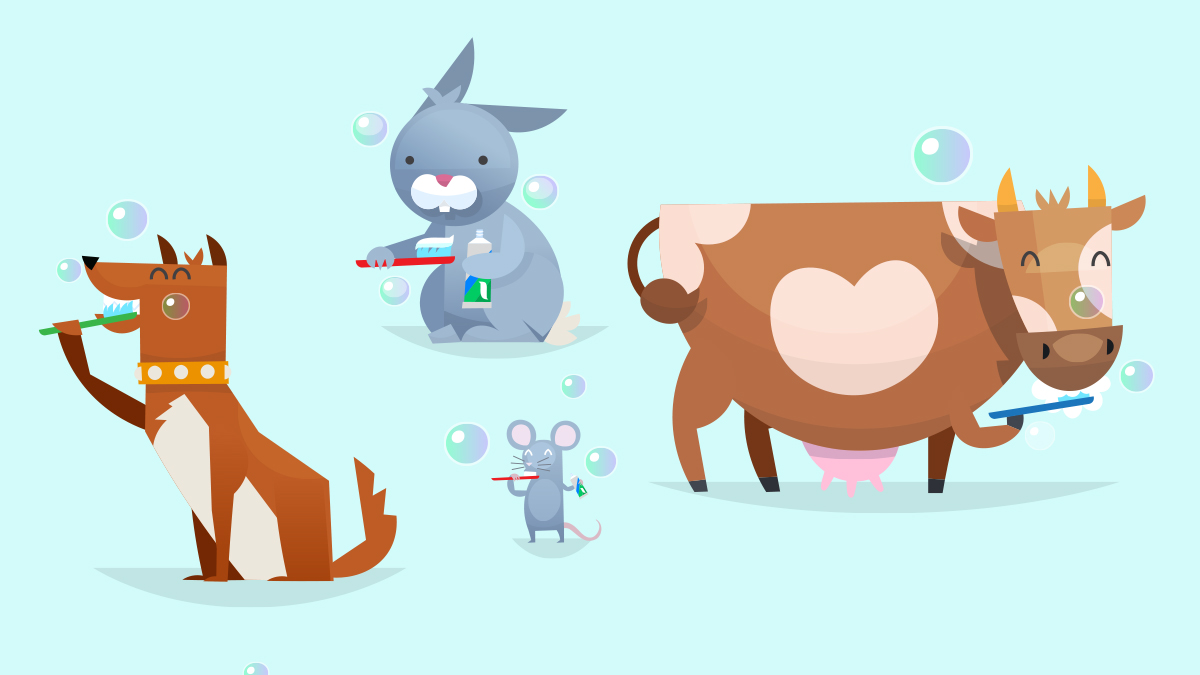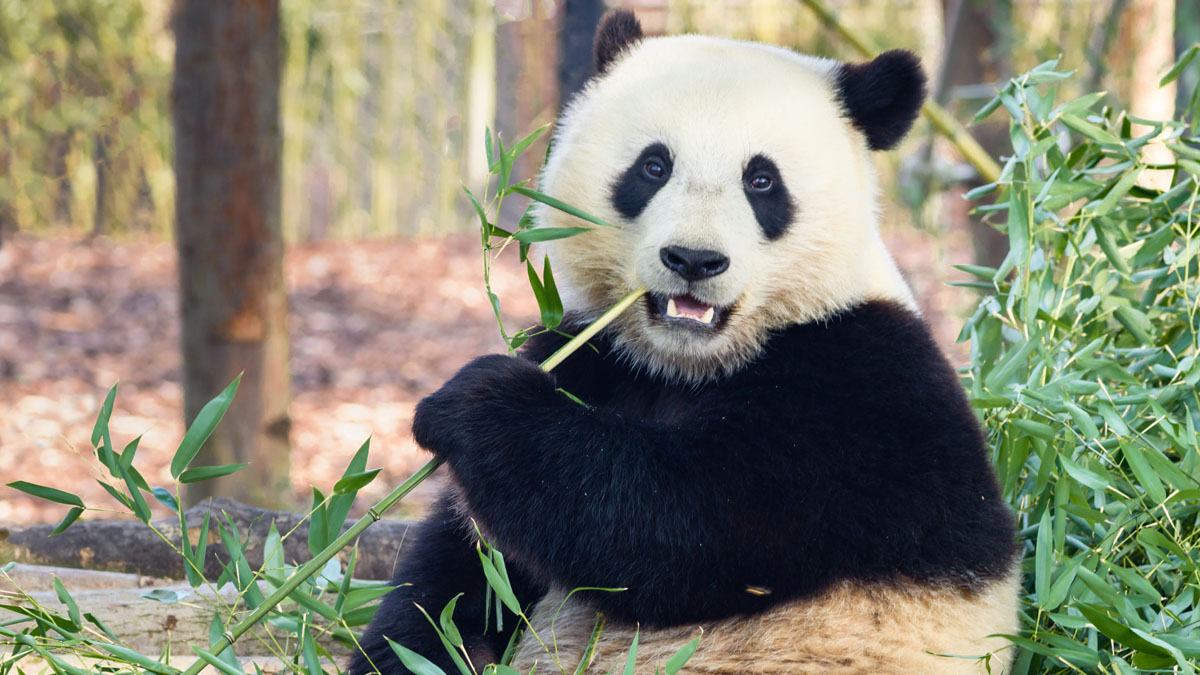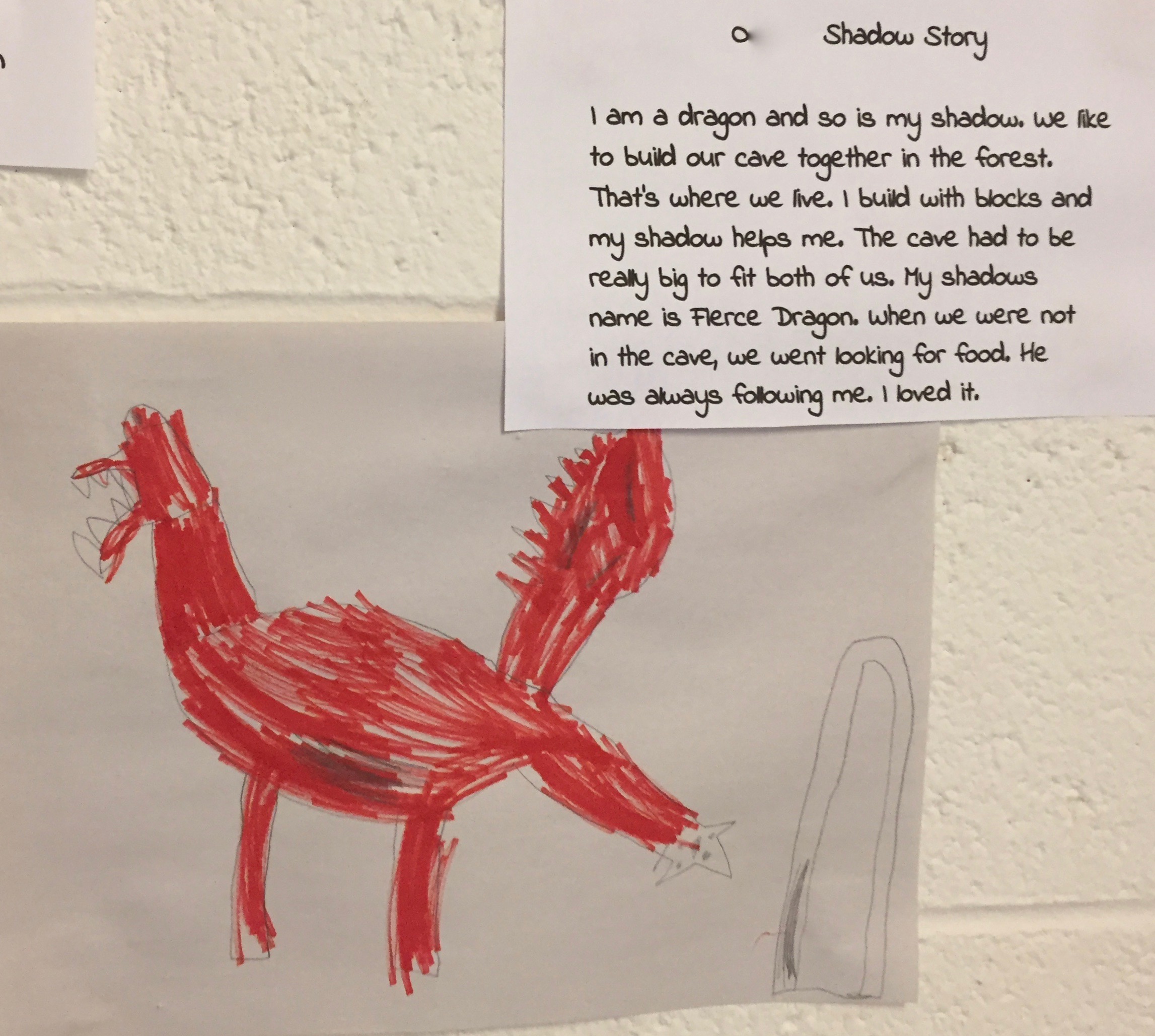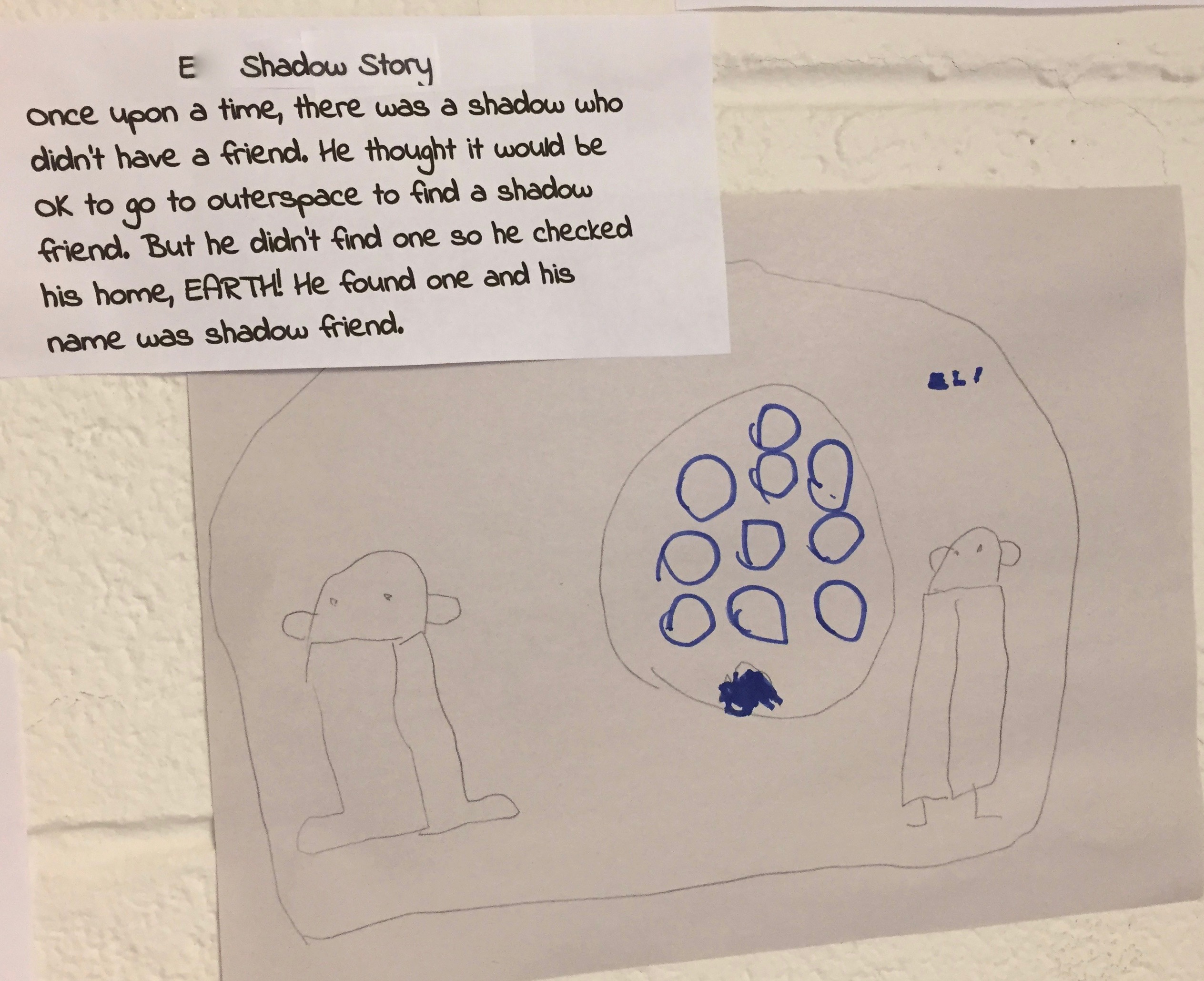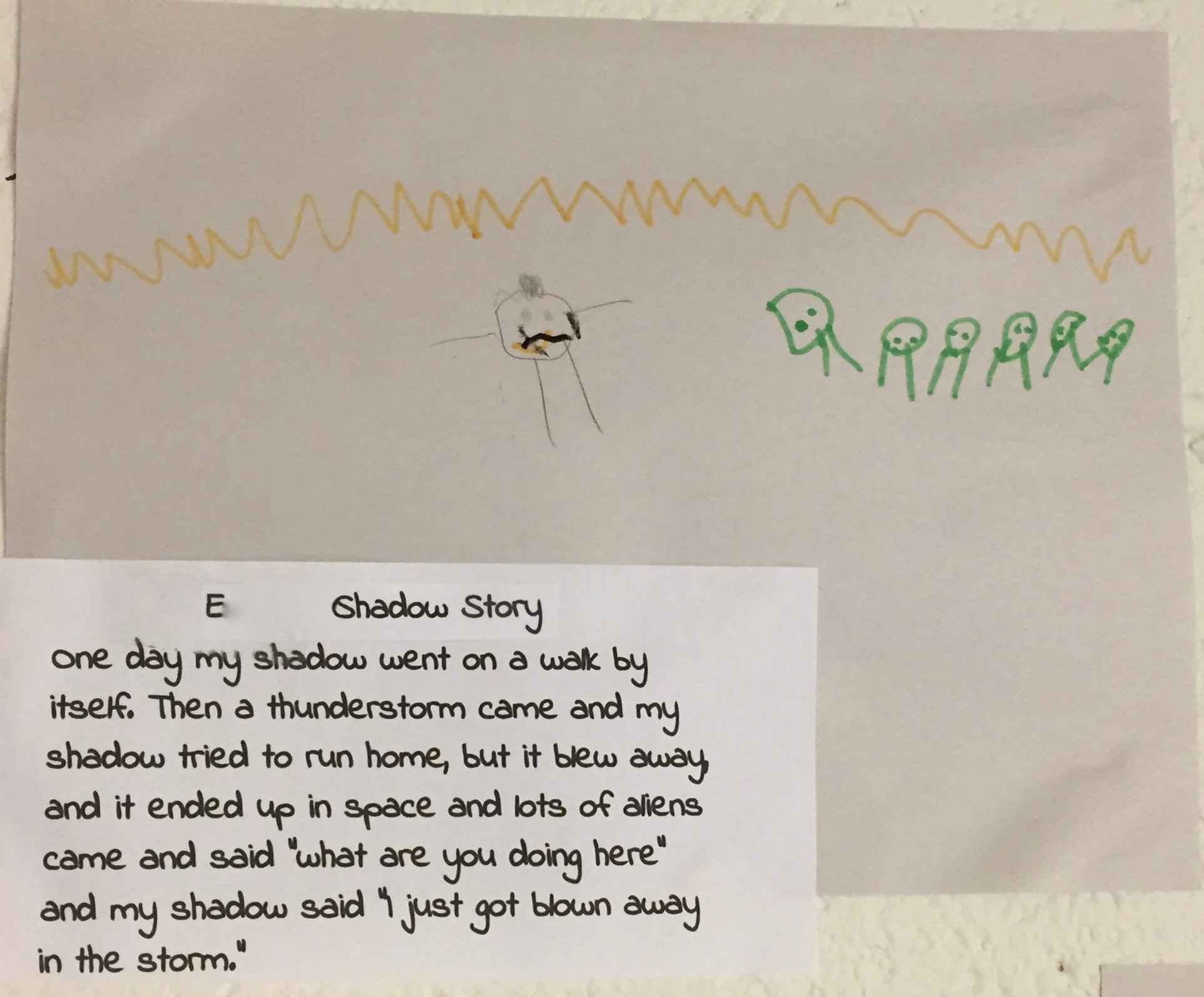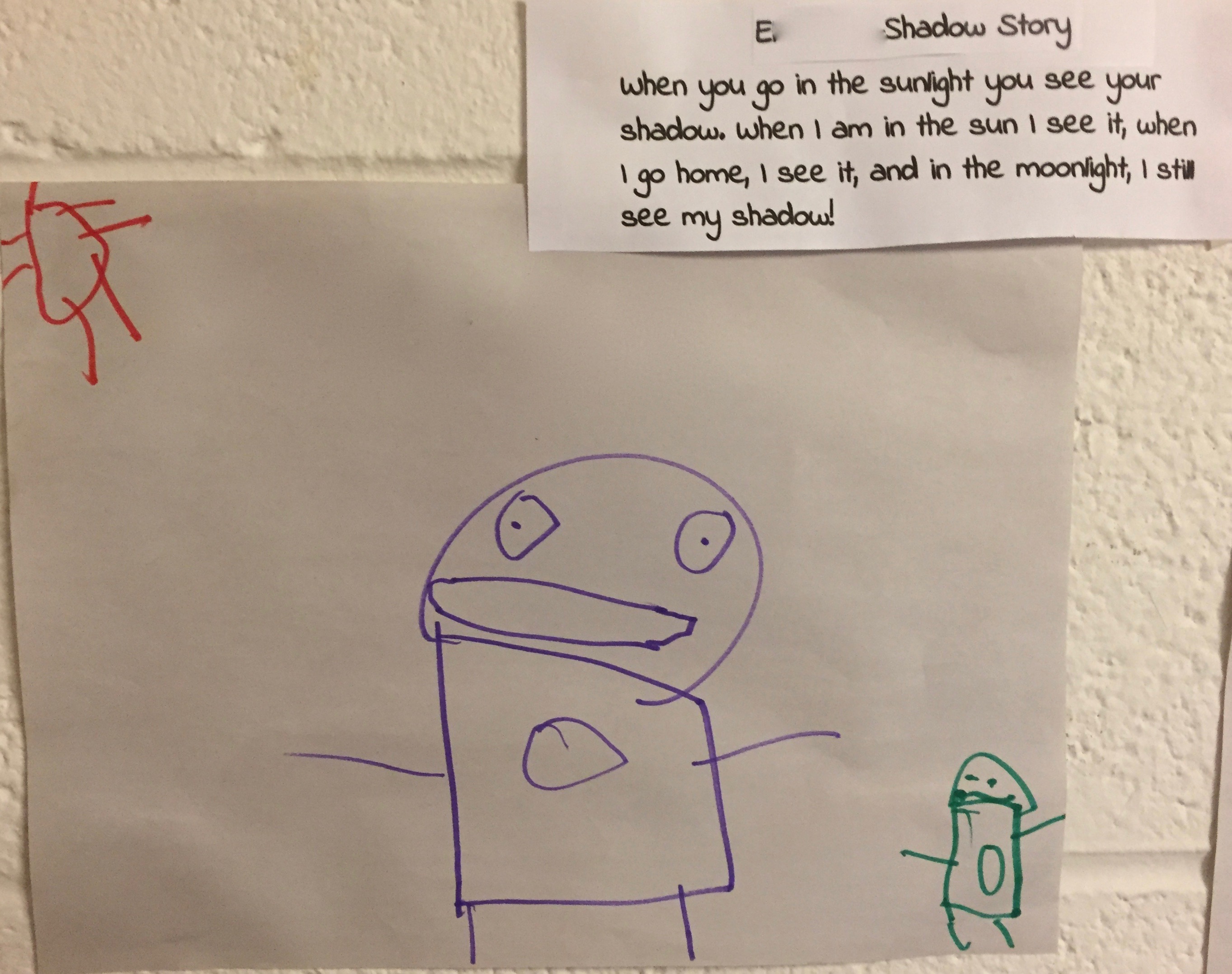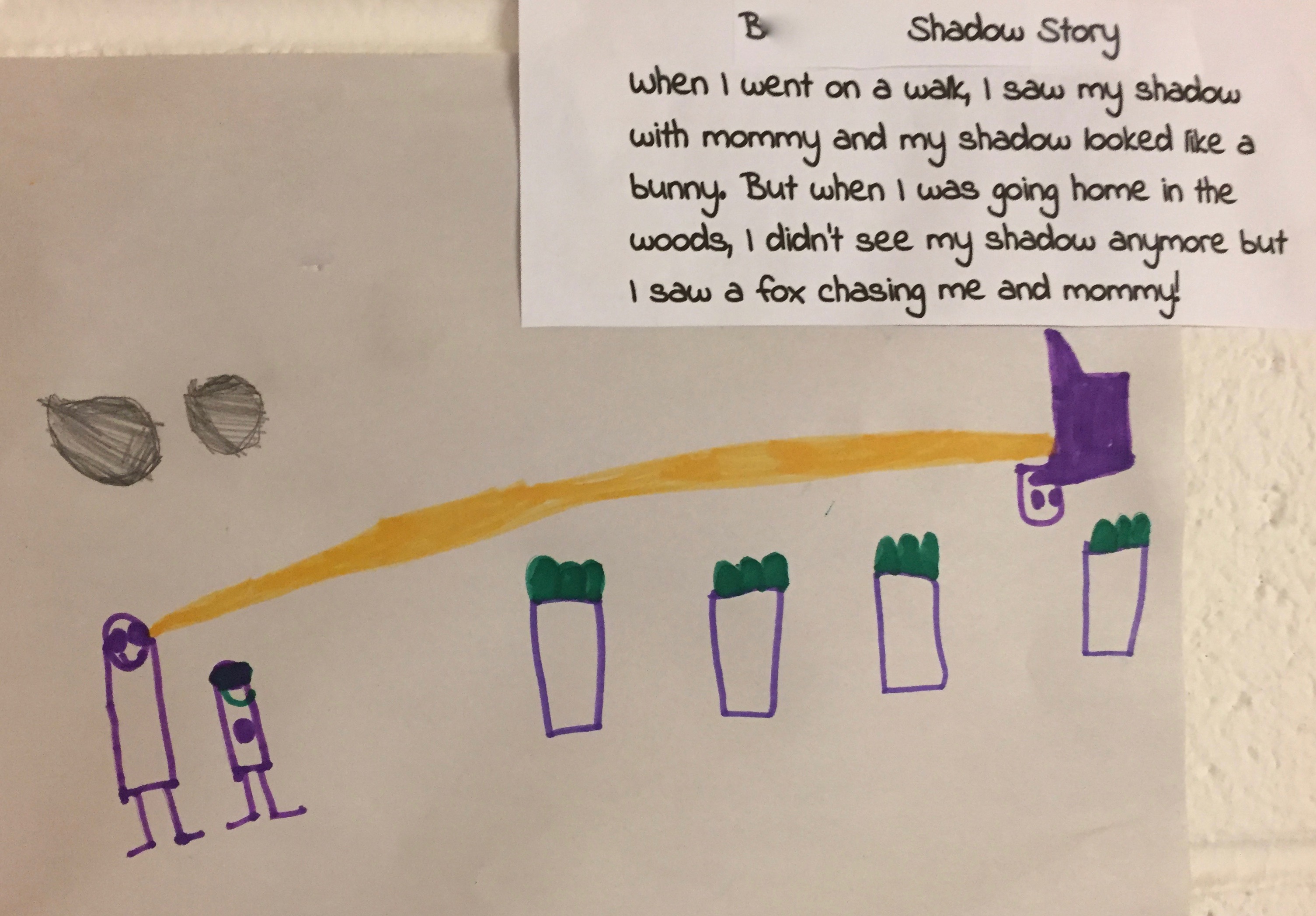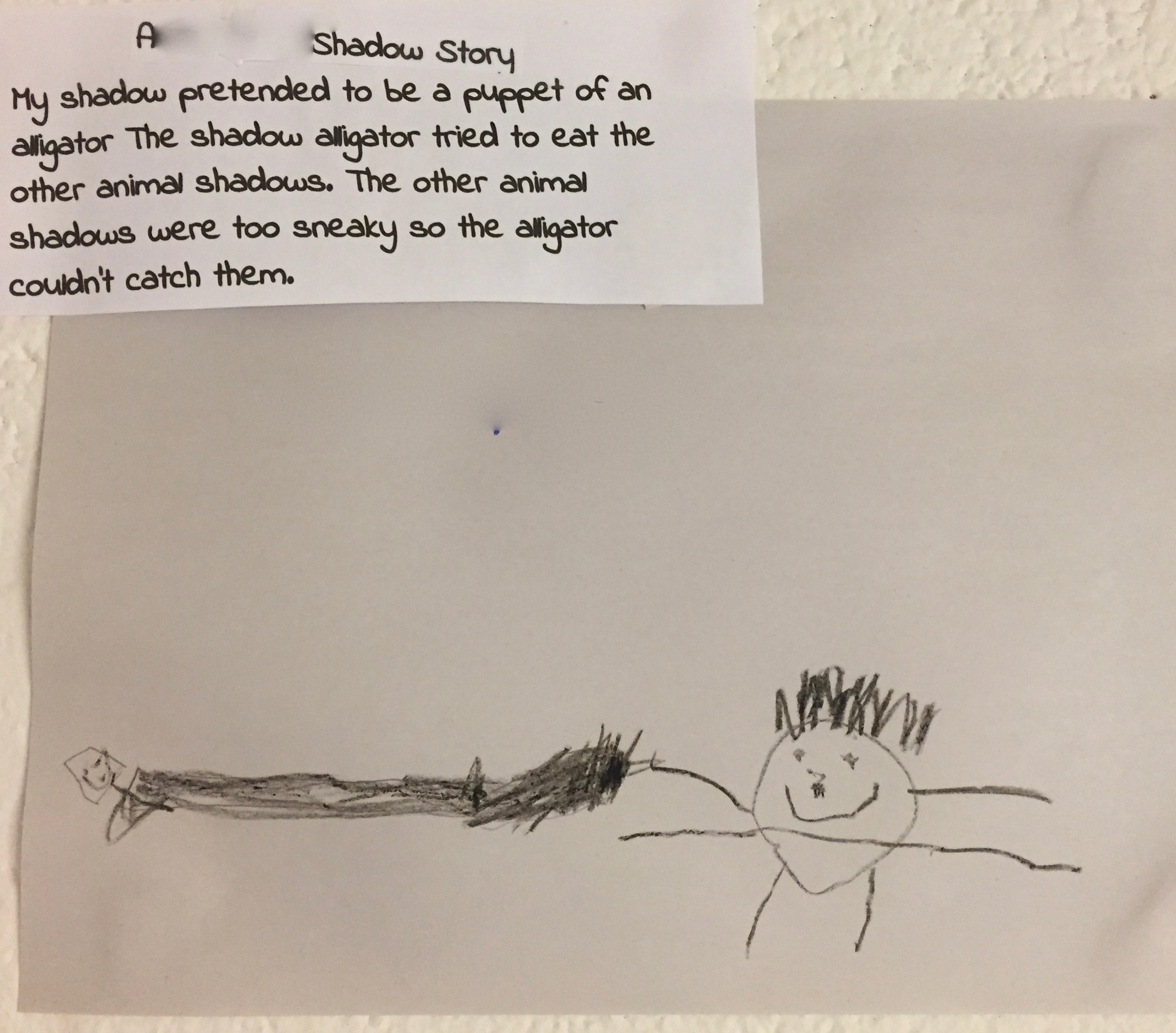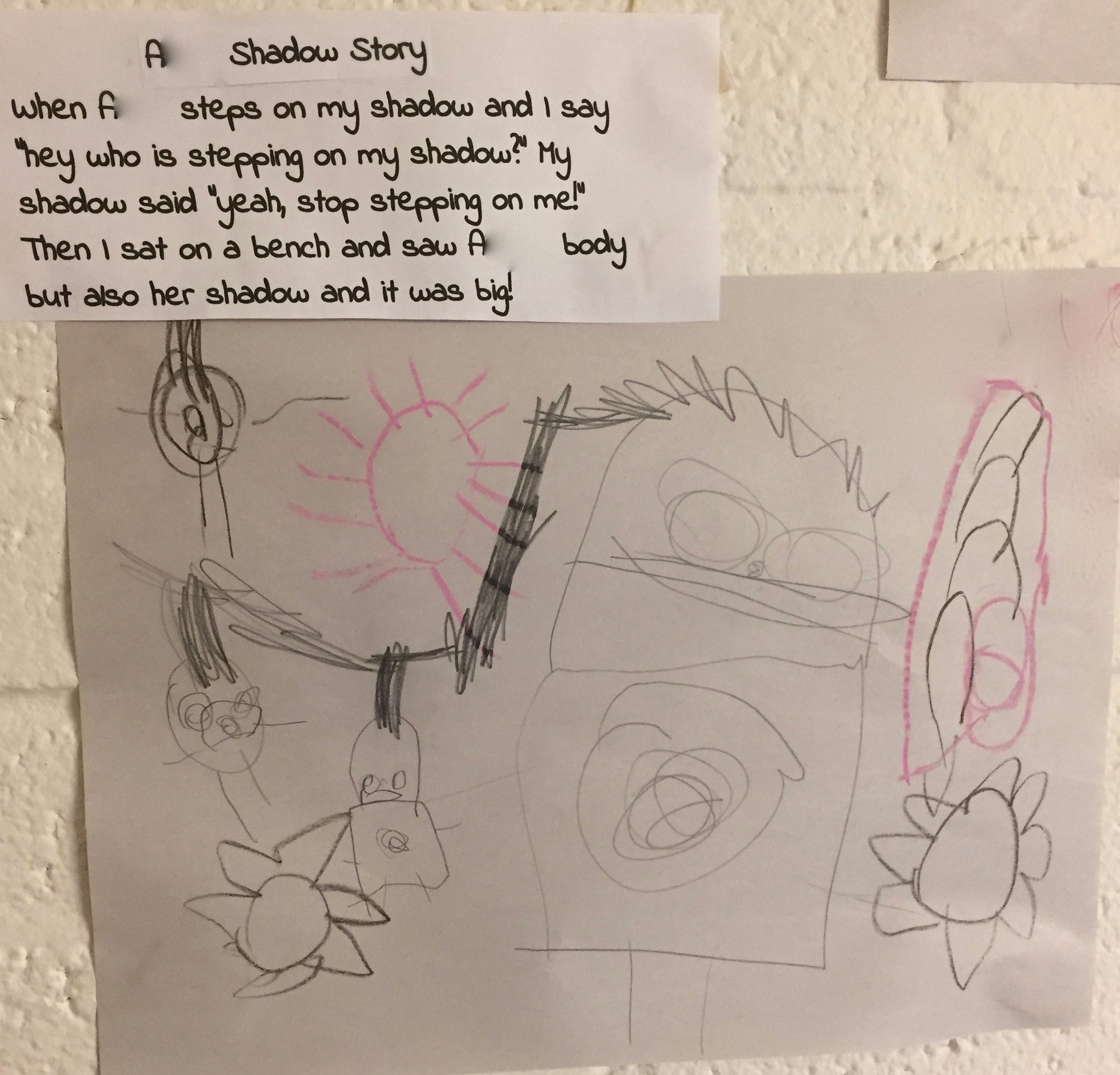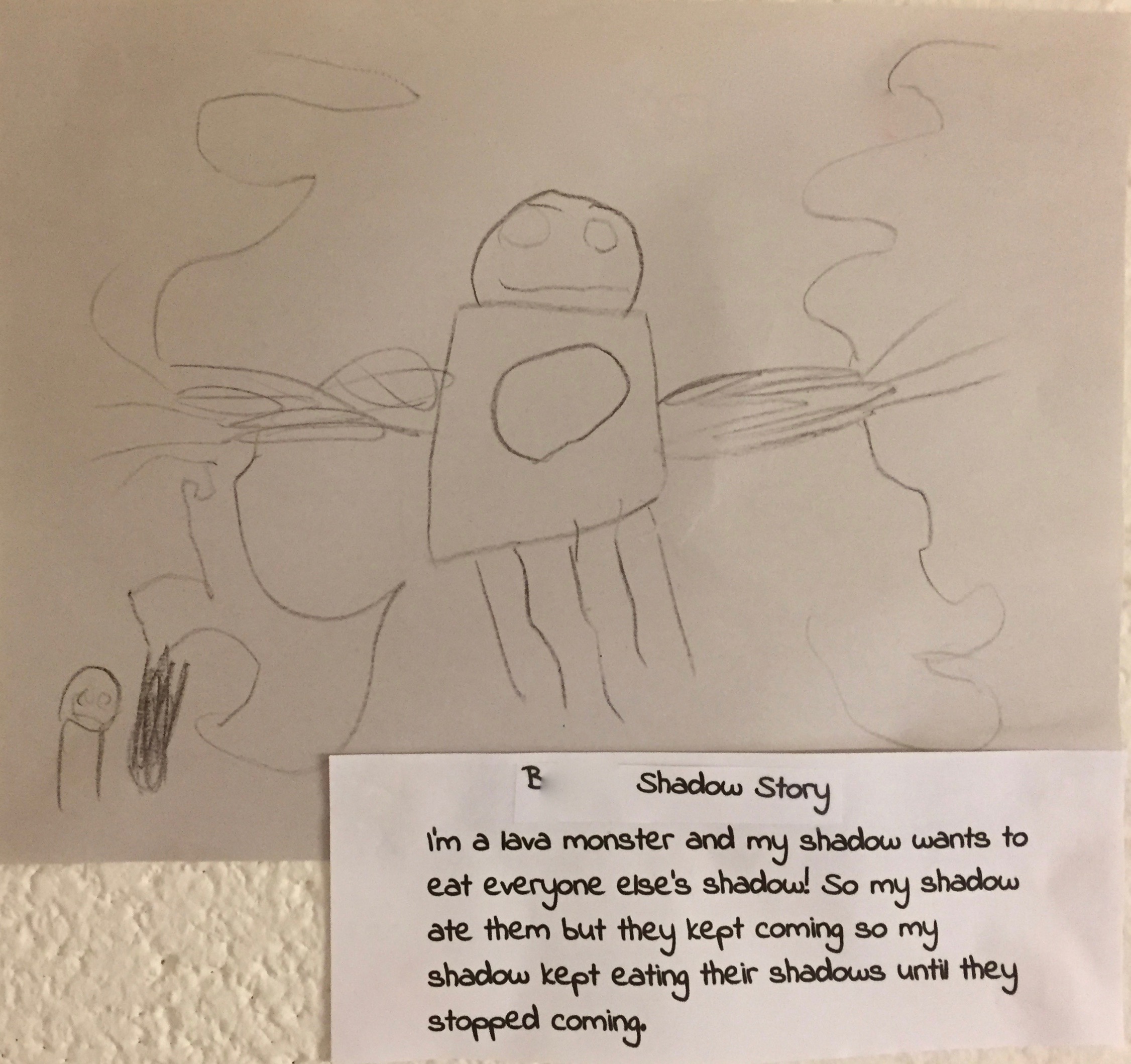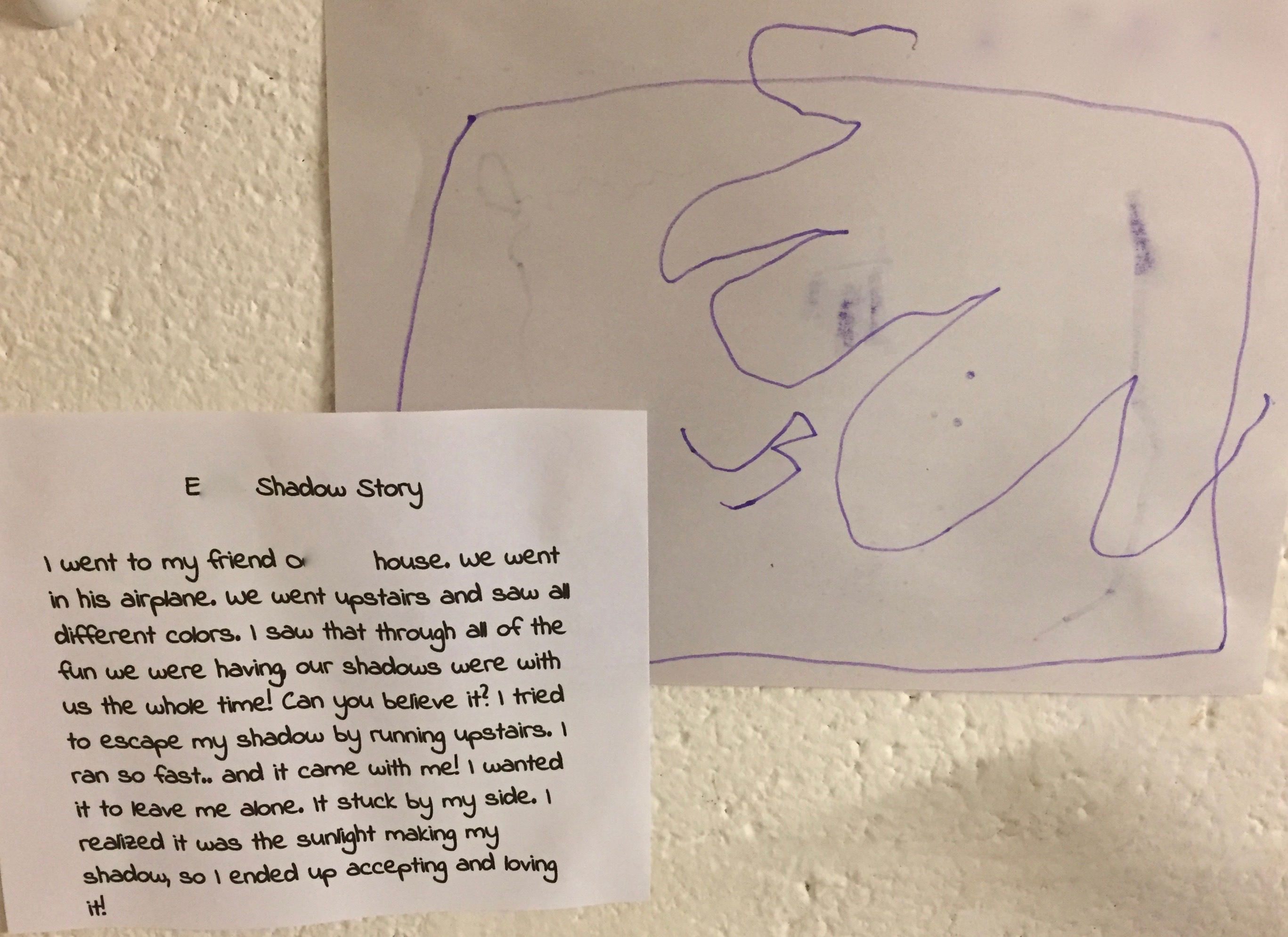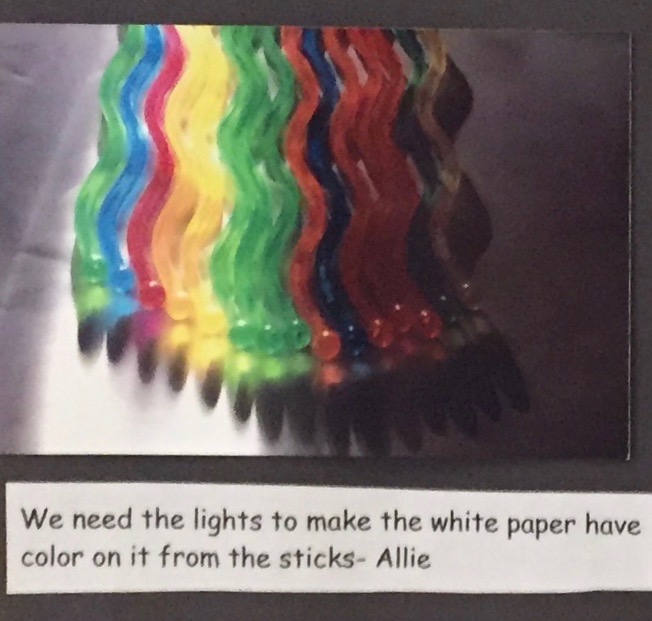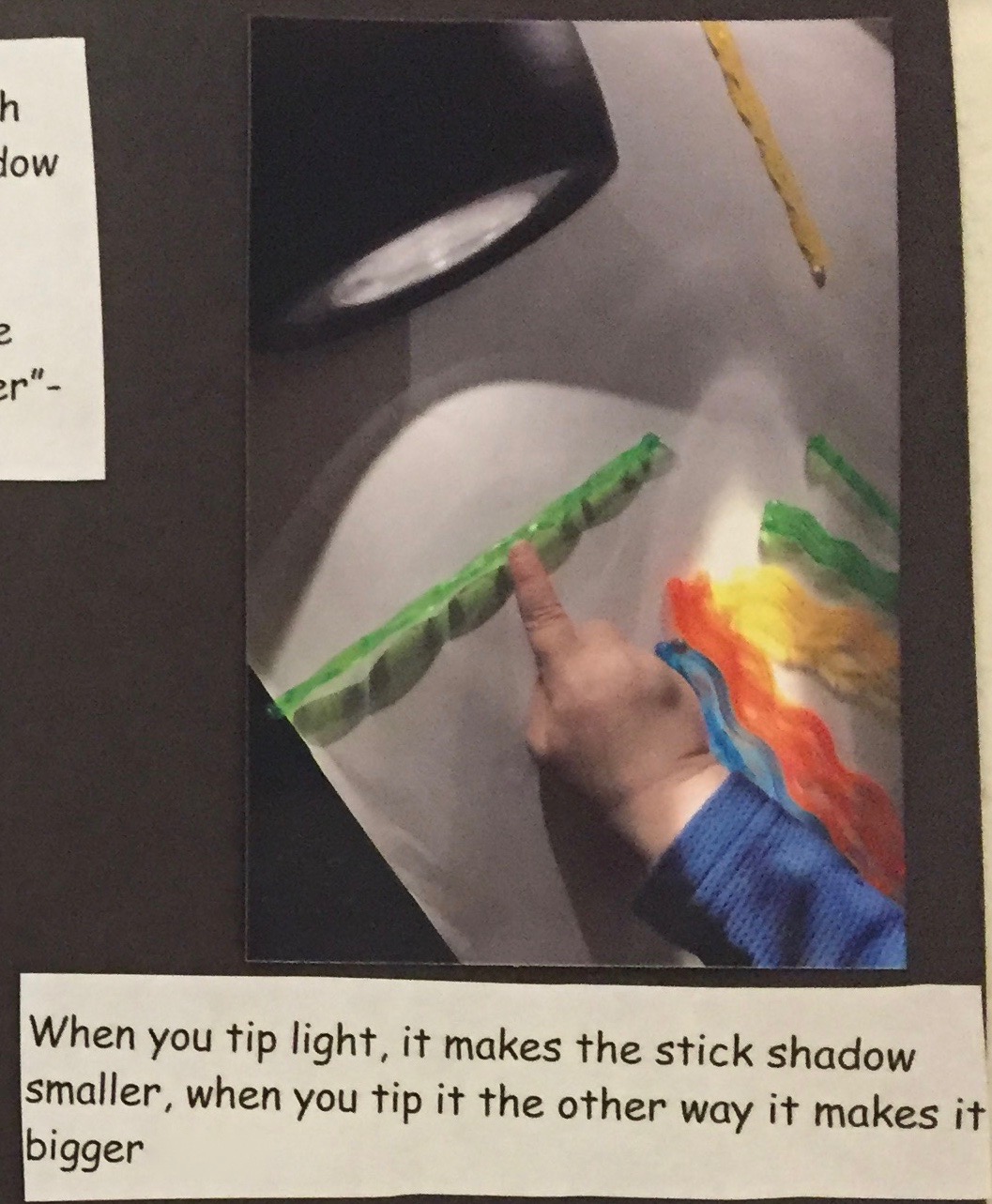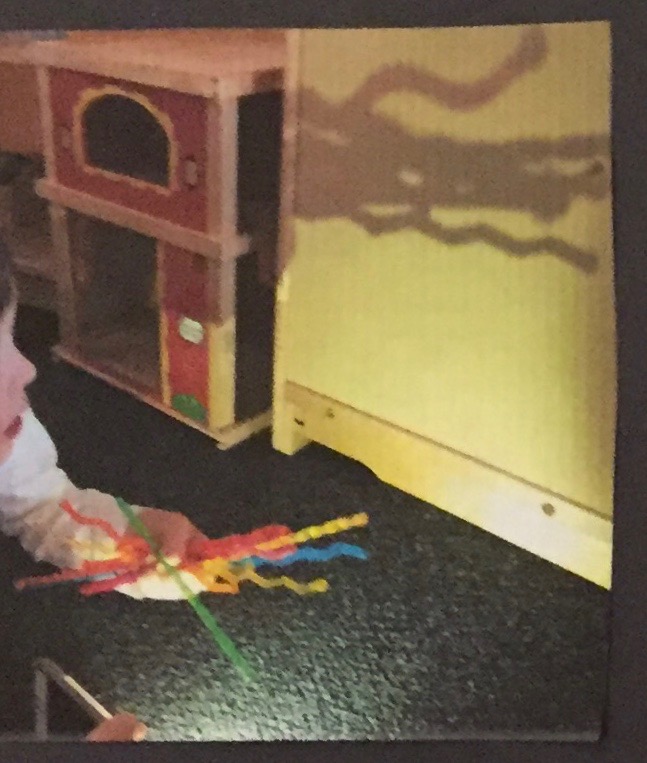Teaching Teachers
NGSS Lesson Adaptations
A resource for integrating the science practices into your instruction
By Kevin Cherbow, Katherine McNeill, Rebecca Lowenhaupt, Megan McKinley, and Benjamin Lowell
Science 101
How Should You Throw a Ball for the Maximum Distance?
How Do Animals Brush Their Teeth?
Using problem-based learning to teach across the curriculum in a first-grade classroom
Teaching Through Trade Books
The Sun's Energy
Formative Assessment Probes
Apple in the Dark
Formative Assessment Probes and Metacognition
By Page Keeley
This student is too loud. This student is too quiet. This student is…
By Gabe Kraljevic
Posted on 2018-12-28
 I have a few students who chatter excessively and need advice on methods that have worked to quiet the disruption. I also need to involve students who are reluctant to participate in a group setting.
I have a few students who chatter excessively and need advice on methods that have worked to quiet the disruption. I also need to involve students who are reluctant to participate in a group setting.
—H., Arizona
I like a chatty, active classroom— provided the students are on task. I would give students opportunities to chat and work in groups but kept them focused on thought-provoking topics or problems. Organize the groups yourself to minimize off-topic socializing. Limit discussions to keep them moving forward and have follow-up or extension activities for those who finish quickly. Requiring groups to present overviews of their discussions can be a good way to wrangle the talkers and channel their discussion to the work.
When you don’t want students chatting, have assigned seats and be sure to separate friends who chat too much.
My advice for handling shy students changes with different types of group work.
Labs: Create roles that each member has to assume for hands on or lab activities. Here is a link to a resource in the Learning Center describing the responsibilities I assigned for science, technology, engineering, and mathematics (STEM) projects: https://goo.gl/EshMpi
Discussions/Workgroups: I believe shy students sometimes need more time to gather their thoughts and are less likely to join ongoing conversations. “Think-Pair-Share” approaches build in time for individual reflection and ensure that everyone in a group has a turn.
Employ some self-assessments or group assessments as part of the process. You are welcome to use these from my resource collection in The Learning Center:
Group Evaluation: https://goo.gl/UbqmNX
Hope this helps!
 I have a few students who chatter excessively and need advice on methods that have worked to quiet the disruption. I also need to involve students who are reluctant to participate in a group setting.
I have a few students who chatter excessively and need advice on methods that have worked to quiet the disruption. I also need to involve students who are reluctant to participate in a group setting.
—H., Arizona
First week back resources
By Peggy Ashbrook
Posted on 2018-12-23
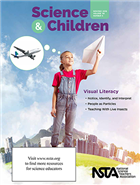 When you have a moment to plan for teaching in January, reach for the 2018 November/December issue of Science and Children for inspiration. With a focus on visual literacy the activities discussed in the columns and articles promote helping children learn from and use images and models to understand science concepts.
When you have a moment to plan for teaching in January, reach for the 2018 November/December issue of Science and Children for inspiration. With a focus on visual literacy the activities discussed in the columns and articles promote helping children learn from and use images and models to understand science concepts.
In The Early Years column, “Analyzing Media Representations of Animals,” I wrote up an activity using guidance from the National Association for Media Literacy Education (NAMLE) to analyze, evaluate, and create media. Many children’s books show images of animals that are not at life size, either to fit on the page or for convenience of design. If children have seen the animals they may be able to understand that the image is not at life-size, but if the animals are unknown, children can’t know what the actual size is. Engaging children in exploring how images accurately represent size or are possibly misleading, perhaps showing animals such as mice and horses at the same size, is part of teaching media literacy. Helping children create their own illustrations and photos of animals develops their understanding of how others use images.
Can one of our senses fool another one? The Poetry of Science column, “Visual Poetry,” presents a poem, and science activity, and internet resources for additional support!
The Engineering Encounters column, “Bears on a Boat Plus,” is a visit into a second-grade classroom where we learn from science educators and English-language Learner specialists about their work revising the classic plasticine clay activity into a problem-based learning one. They used the 5E model (Bybee) for two one-hour lessons on consecutive days. (Karen Nemeth of Language Castle posted additional resources for “Working with an English Language Learner” on the NAEYC Hello social media site.)
 Have your students ever drawn pictures of scientists or themselves as scientists? In the Methods & Strategies column, “Draw a Scientist,” Laura Beth Kelly offers suggestions for teachers who want to broaden their students’ ideas about science and scientists.
Have your students ever drawn pictures of scientists or themselves as scientists? In the Methods & Strategies column, “Draw a Scientist,” Laura Beth Kelly offers suggestions for teachers who want to broaden their students’ ideas about science and scientists.
These four columns are only part of the helpful materials shared by educators in the 2018 November/December issue of Science and Children. Don’t miss reading pages 74, 75 and 80 where you can read the “Call for Papers” and be inspired to share your own science teaching practice!
Resource
Bybee, Rodger W. 2014. The BSCS 5E Instructional Model: Personal Reflections and Contemporary Implications. Science and Children. 51(8): 10-13.
 When you have a moment to plan for teaching in January, reach for the 2018 November/December issue of Science and Children for inspira
When you have a moment to plan for teaching in January, reach for the 2018 November/December issue of Science and Children for inspira
Light, shadow, and literacy: Stories inspired by shadow play
By Peggy Ashbrook
Posted on 2018-12-22
 Materials thoughtfully provided or set up by teachers often inspires children’s open exploration of a phenomenon. Much learning happens during this period of using their senses and tools to make observations of what intrigues them as they try things out, following up on their ideas and trying new things rather than making observations based on a teacher’s instruction. Specific activities and further focused exploration build from this beginning, as teachers hear or identify children’s questions, pose others, and additional materials may be provided. The Young Scientist series teacher resource books on nature, water, and building structures are a good starting point for developing science explorations.
Materials thoughtfully provided or set up by teachers often inspires children’s open exploration of a phenomenon. Much learning happens during this period of using their senses and tools to make observations of what intrigues them as they try things out, following up on their ideas and trying new things rather than making observations based on a teacher’s instruction. Specific activities and further focused exploration build from this beginning, as teachers hear or identify children’s questions, pose others, and additional materials may be provided. The Young Scientist series teacher resource books on nature, water, and building structures are a good starting point for developing science explorations.
In this class at the Clarendon Child Care Center, an open exploration of shadow using a wall and a lamp on the flloor opened up a stream of stories as children built on outdoor imaginative play where their shadows “ate each other.” Some of these marvelous stories expressed beginning scientific ideas about light and shadow. With a teacher nearby, the four and five year olds were careful with the light and had their stories recorded by teachers Sarah Abu-El-Hawa and Carly Gertler. Allowing the action to be child-led revealed their understanding of both the science of shadows and the structure of stories.
Further explorations were planned after asking questions such as, “How do shadows happen?” and “How do shadows come alive?” to help children reflect on their experiences. The class’s work continues. Documentation panels share the work with families and help children remember and think about their work thus far.
 Materials thoughtfully provided or set up by teachers often inspires children’s open exploration of a phenomenon. Much learning happens during this period of using their senses and tools to make observations of what intrigues them as they try things out, following up on their ideas and trying new things rather than making observations based on a teacher’s instruction.
Materials thoughtfully provided or set up by teachers often inspires children’s open exploration of a phenomenon. Much learning happens during this period of using their senses and tools to make observations of what intrigues them as they try things out, following up on their ideas and trying new things rather than making observations based on a teacher’s instruction.



